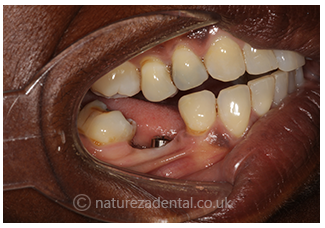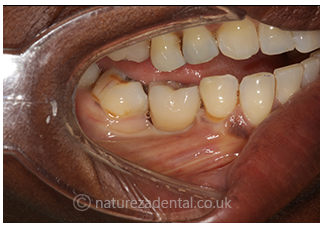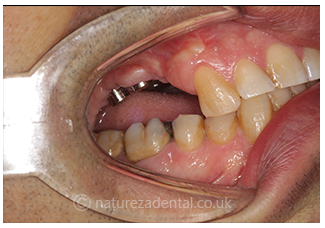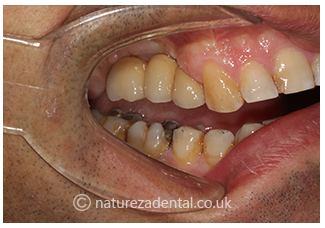
Dental Implants
What are dental Implants?
What does a dental implant look like?
The part of the dental implant that you see will look exactly like a natural tooth, it will appear out of the gum exactly the same way your natural teeth do.
The implant itself will be buried underneath the gum and into the bone so you will not see the section.
Why use dental implants to replace missing teeth?
Implant dentistry offers a clinically proven and safe solution to getting back a great smile and being able to bite and chew with confidence. When you lose your natural teeth, your jaw bone and surrounding tissues start to reabsorb or disappear over time. When implants are placed in the jaw, it stimulates the remaining bone to grow and mesh around the metal, along with tiny blood vessels. More importantly, implants help restore function so you can eat, chew and bite without your dentures falling out or having to stick to a soft food diet for the rest of your life.
What are the benefits of a dental implant?
- Implants improve your all over facial and oral appearance, because they are permanent, they look and feel like natural teeth.
- Poor-fitting dentures may cause the teeth to slip within the mouth. Dental implants improve your speech without the worry that teeth might slip.
- As Implants are permanent, they eliminate the discomfort of removable dentures.
- Removable dentures can make chewing and eating difficult. But after having Dental implants it allows you to eat your favorite foods without any difficulty.
- Missing teeth can be the reason to lose self-esteem. But this procedure can give you back your missing smile and help you feel more confident about yourself.
- Dental implants can help to improve oral health as it doesn’t need to reduce any other teeth to support it, which may be the cause of poor oral conditions.
- Dental implants are more durable than dentures or crowns.
Dental implants before and after:




The cost of dental implants
- The dental implant itself. The cost of this varies depending on the reputability of the supplier and the precision of the manufacturing technique.
- The connection between the dental implant and the dental restoration. This is what is known as the abutment, again, the cost of this can vary enormously depending on its design and manufacture.
- Laboratory fee for the restoration. This could be the new crown, bridge or implant supported denture. Laboratory fees again have a large range depending upon the quality of the laboratory and where they are located.
- Consumables. These consist of things like impression materials, healing caps, impression copings, laboratory implant replicas from manufacture of the final restoration.
- Dental implant dentist. The dentist that places the implant will either be a specialist or have undertaken extensive postgraduate training.
- Surgery running costs. Whenever an implant is placed this will be in the dental surgery where there will be a dental nurse, dental equipment and emergency equipment in the unlikely event of some form of medical emergency.
“Dr. Lage is a very caring dentist. I felt comfortable as soon as I walked through the door: he is a friendly, calm, attentive, down to earth doctor that really cares about his patients and take the time to explain everything clearly. He also made me part of his thought process and I loved it. He is a gem and I am glad I have a dentist I can trust now. I highly recommend this practice.”
Claudia Griggi















